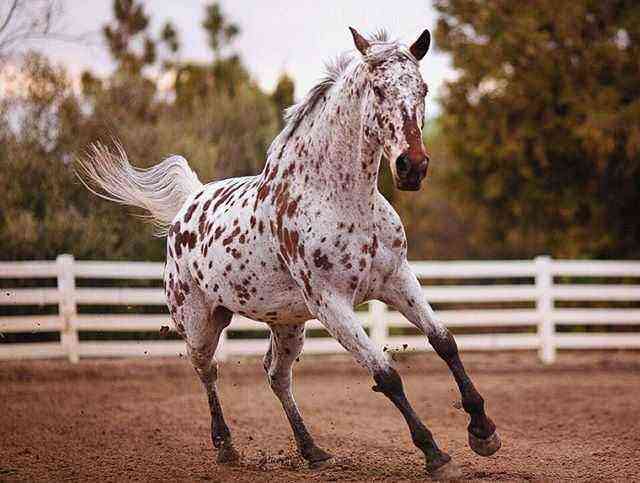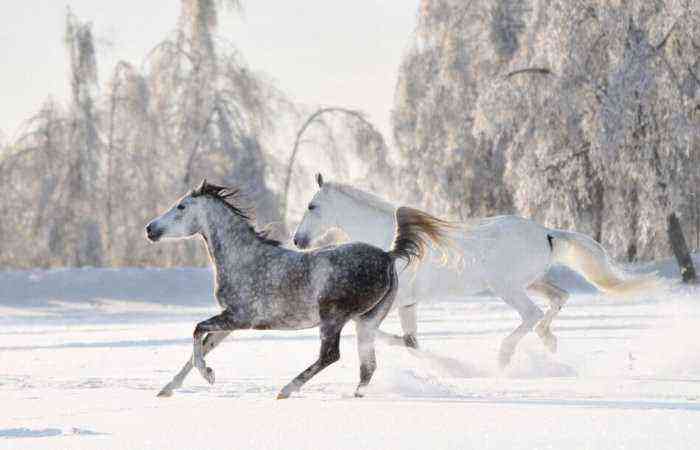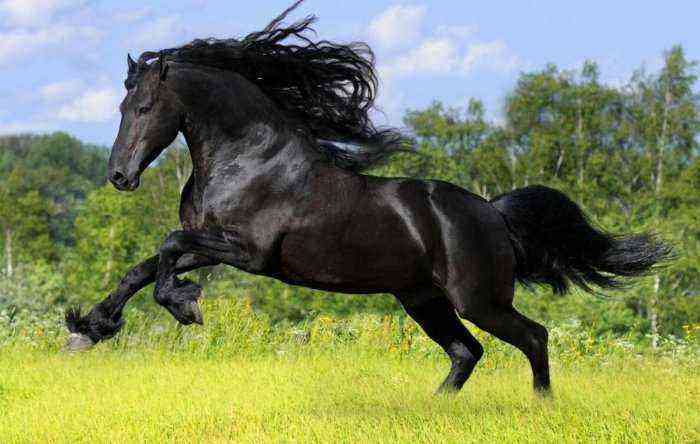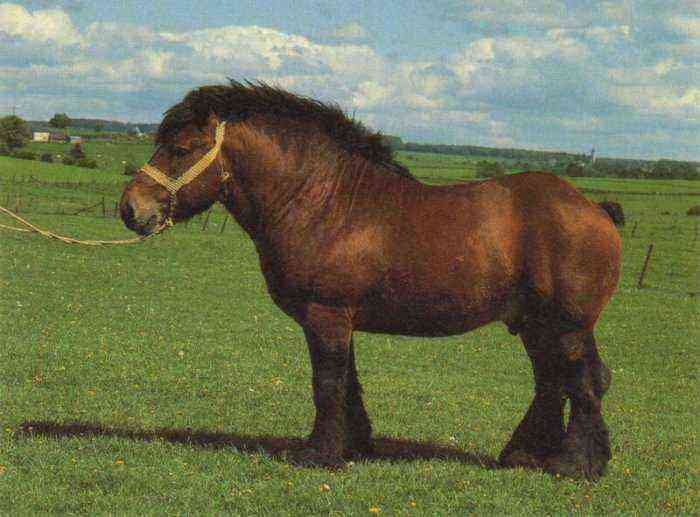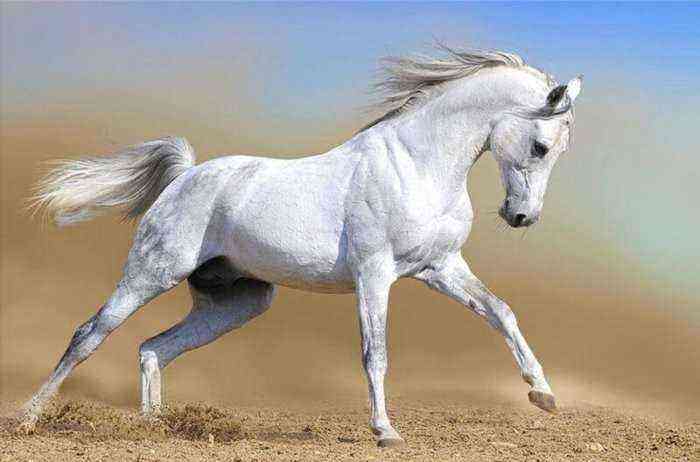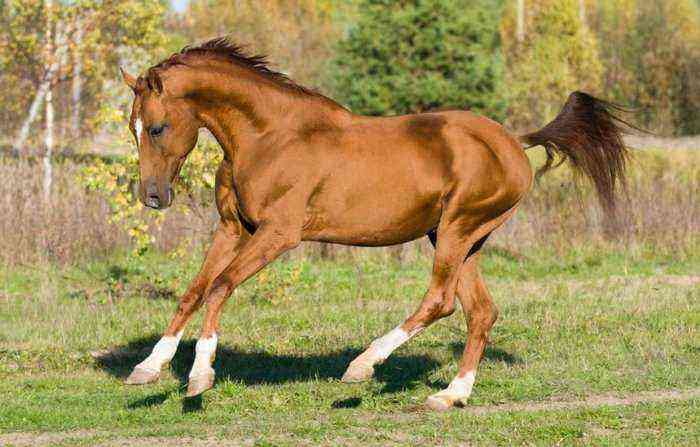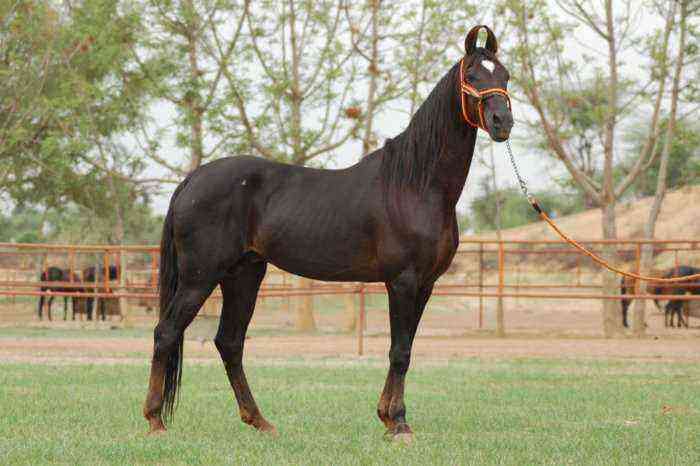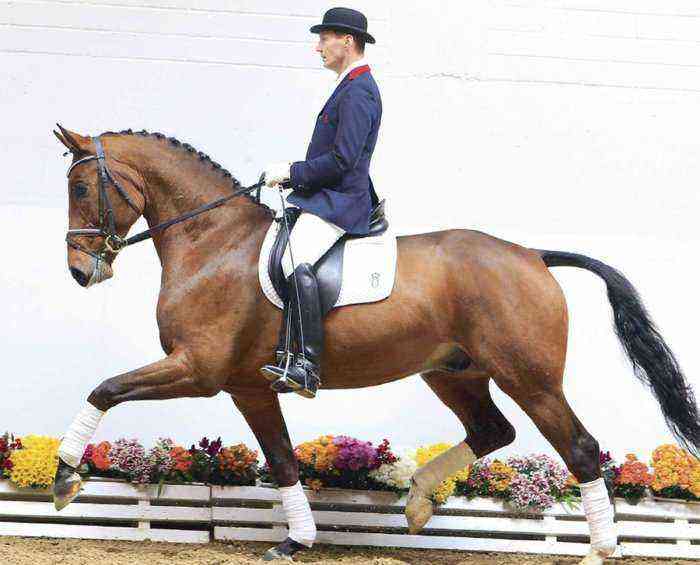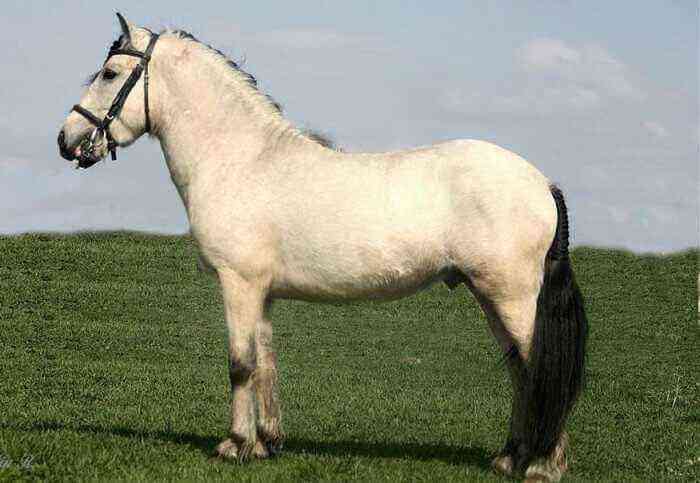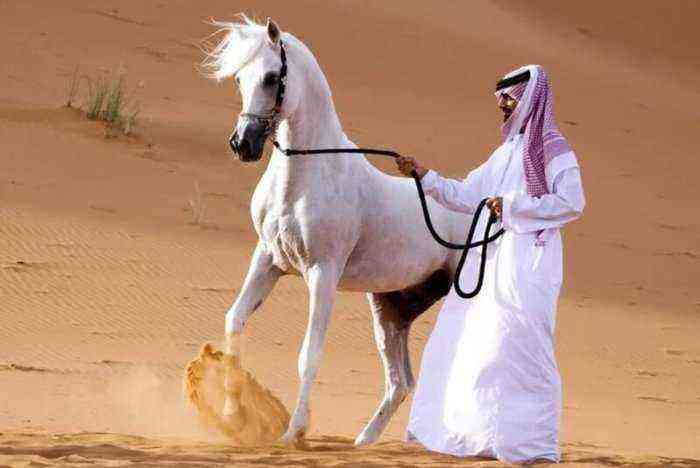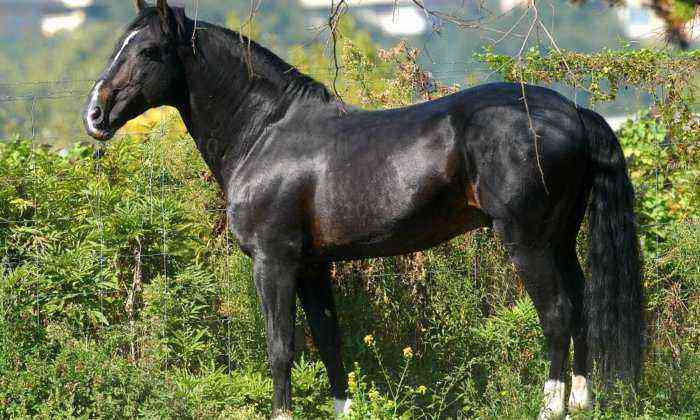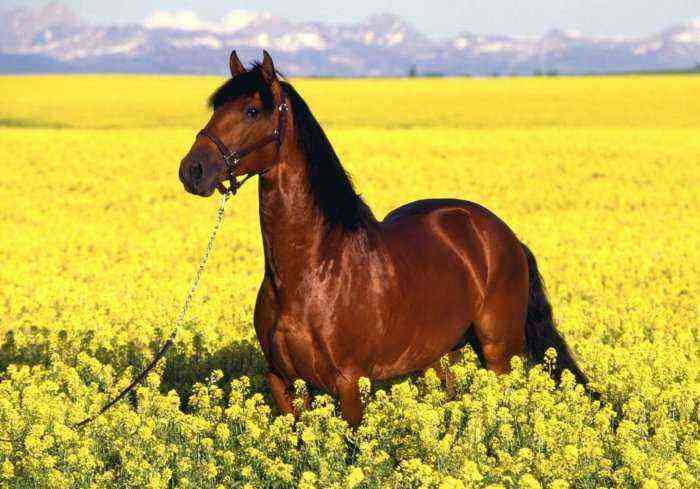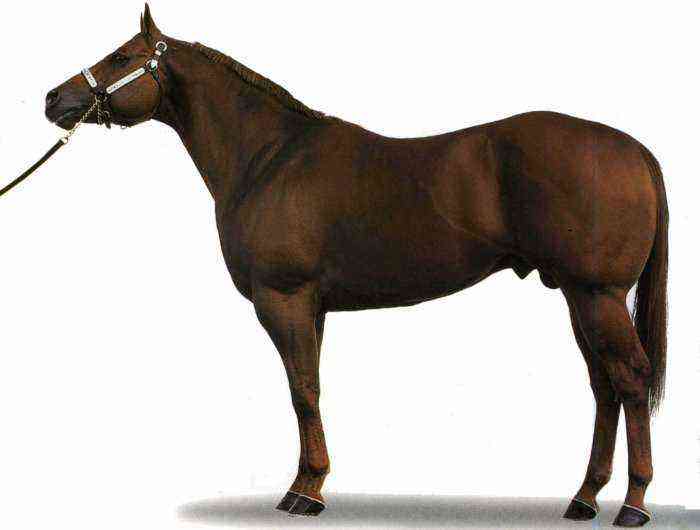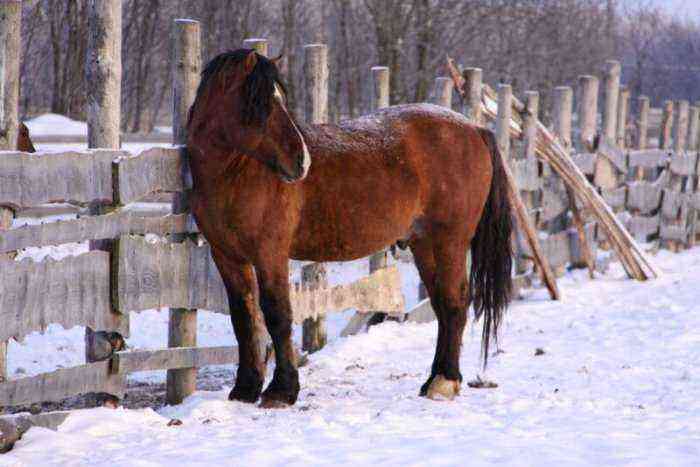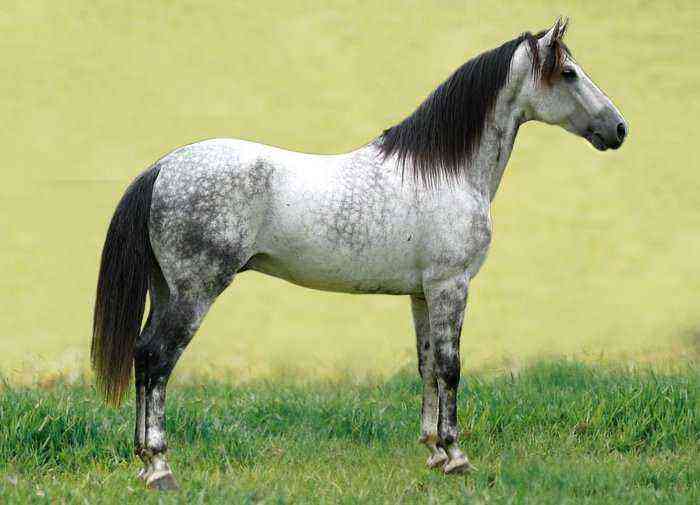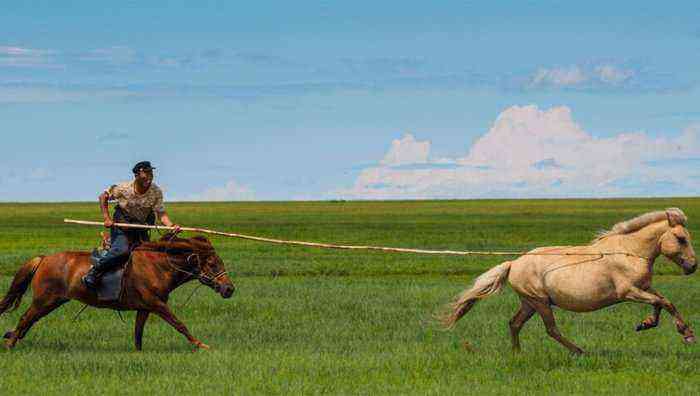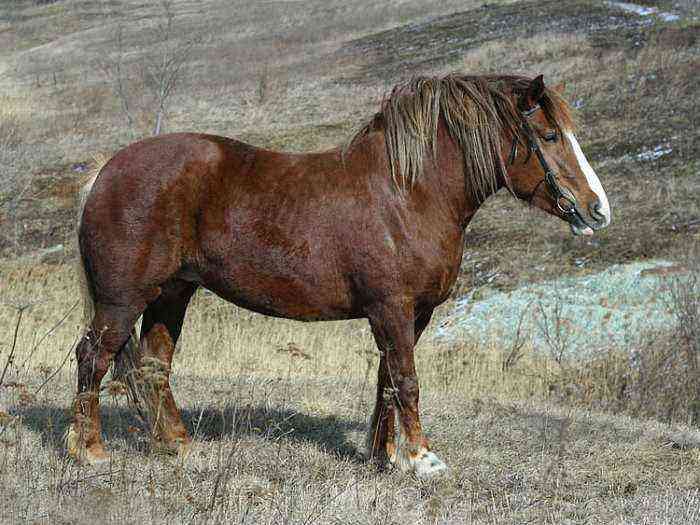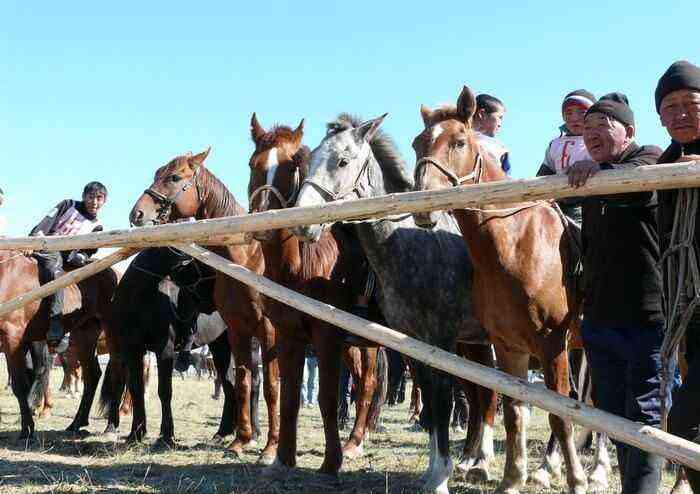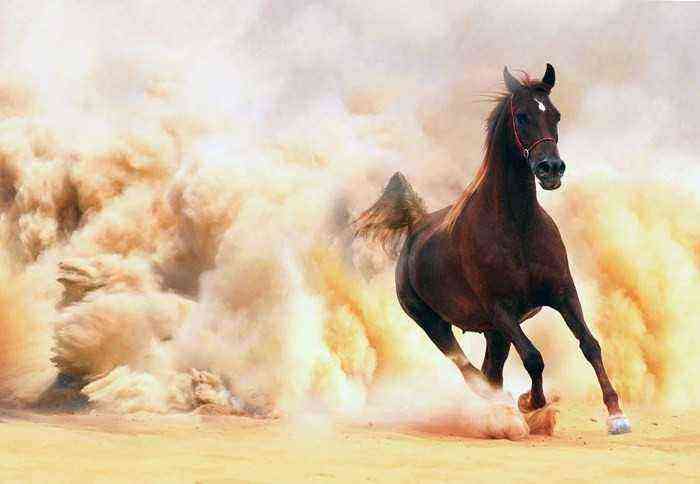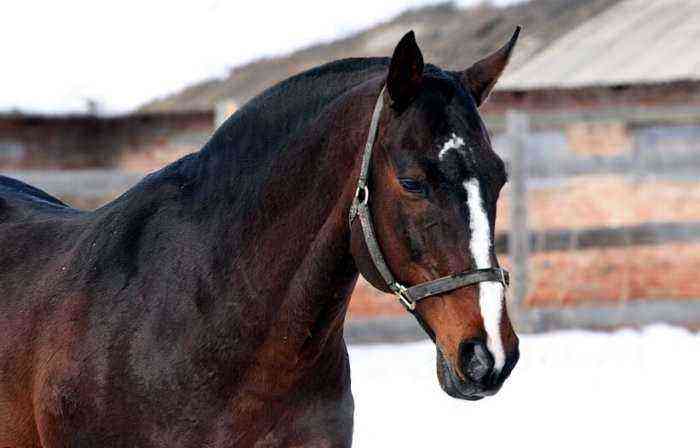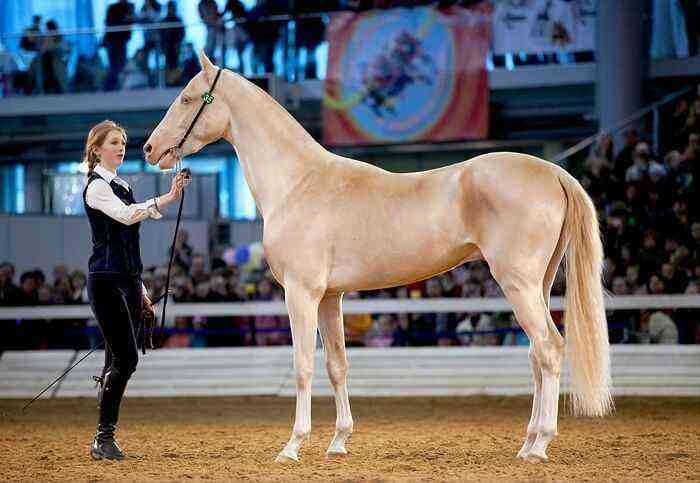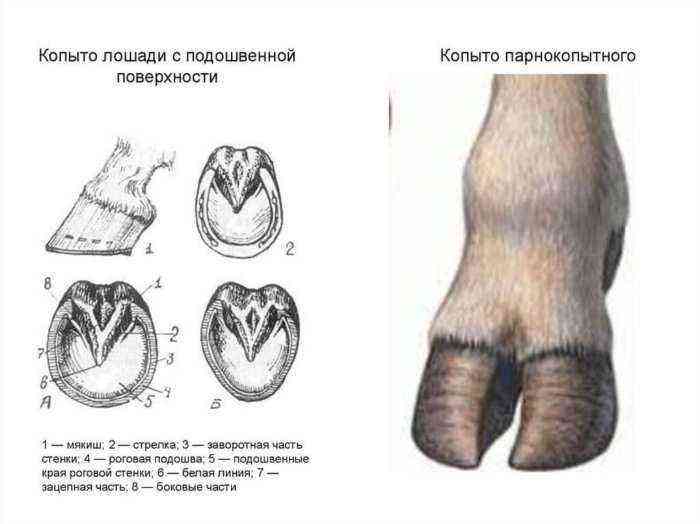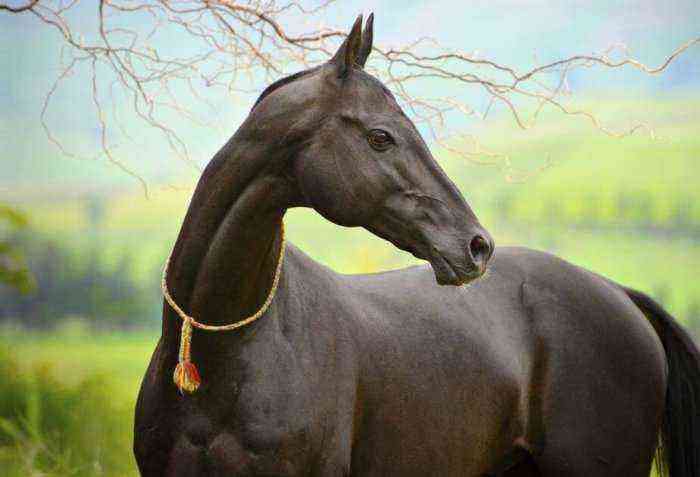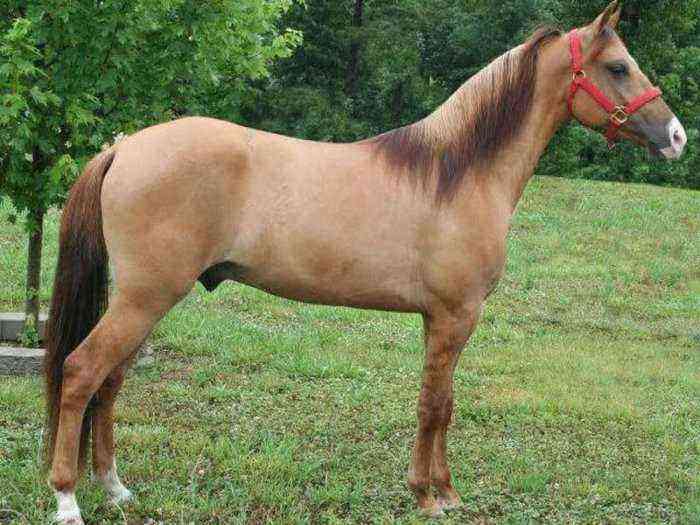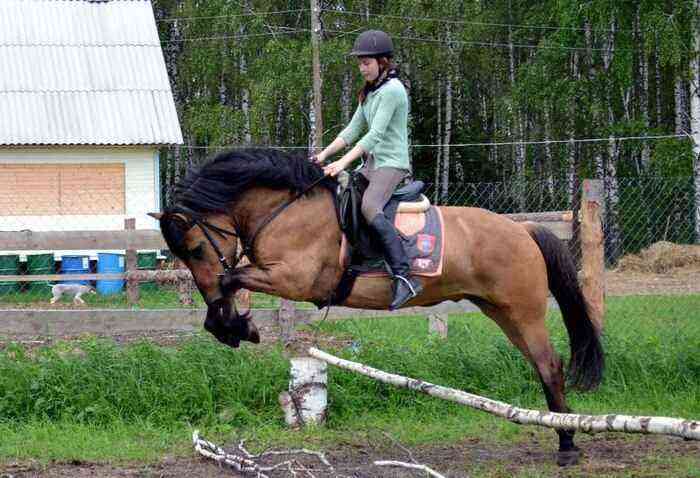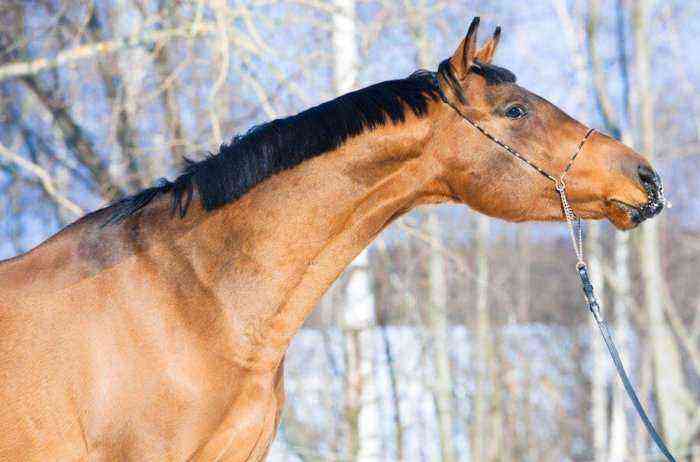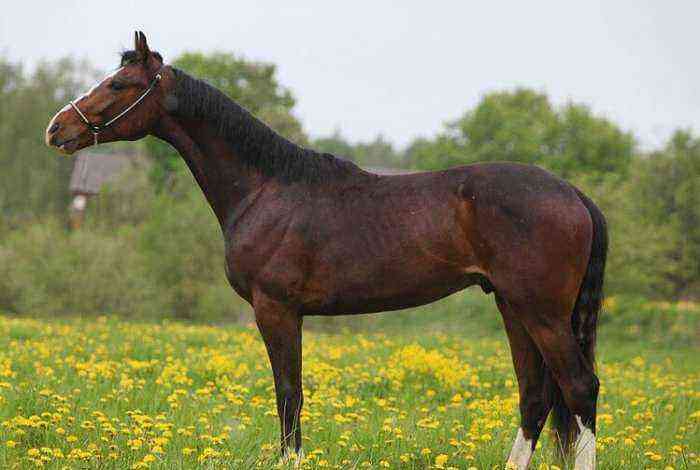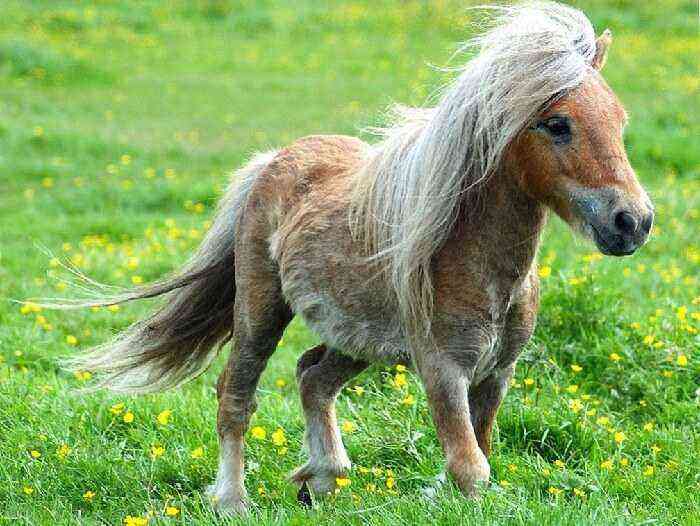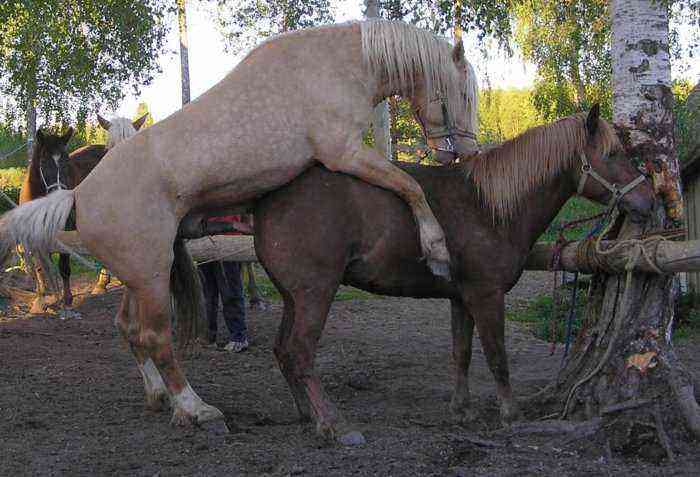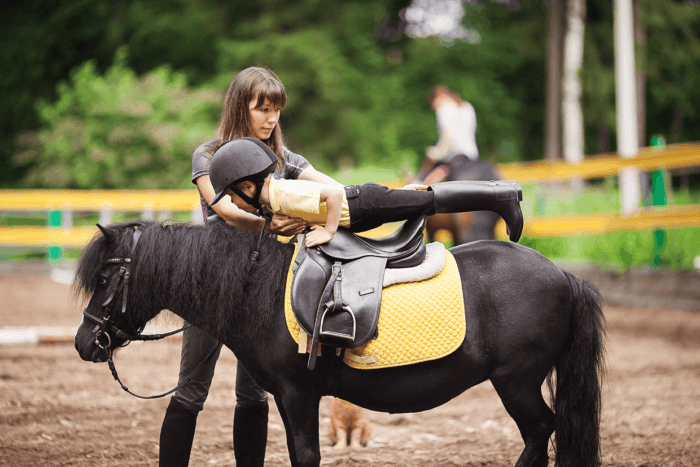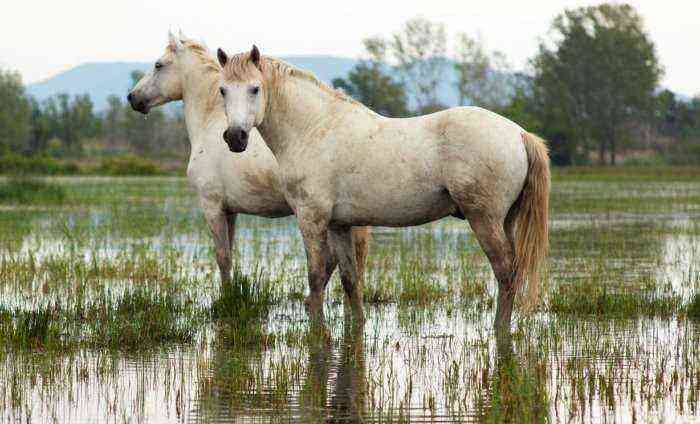France is rightfully considered the birthplace of equestrian sports in the form in which we know it today. Naturally, the high popularity of this kind of activity contributed to the active breeding and improvement of new breeds of draft and riding horses. Today, there are several dozen such breed lines. But against their background, the French mudflow stands out favorably, which to this day is considered the pride of French horse breeders.
french riding horse
History of creation
The French riding horse appeared as a result of a long and rather complex selection work. Initially, she was bred as a sports horse. For this purpose, animals for the future new breed were selected especially carefully. The breeders took mares from Norman local varieties as a basis. For crossing with them were also chosen:
- Norfolk trotters;
- individual Arabian horses;
- purebred English stallions.
The process of forming the breed line was built in such a way as to preserve the best qualities from each of the breeds. The main breeding work was focused on the famous Le Pin and St Lo studs. Purposeful work of specialists began in the XNUMXth century and continued for a century.
It is worth noting that initially the breeders worked in two parallel directions at once. They managed to bring out a draft and riding horse. But, subsequently, draft animals separated from the main breed, giving way to riding horses, which were valued higher because of the opportunity to participate in the race. And stallions and mares, suitable for harness, were singled out as a separate variety “French trotter”.
The Second World War had a certain influence on the formation of the breed line. The front-line soldiers spotted the French mudflows as fast and hardy mounts. This greatly increased the demand for horses from the defense complex. But during the hostilities, a large number of horses died. And only some of the best breeding material was preserved, thanks to which the breed was able to be restored.
The breed line was officially registered in 1958. She received the name “le cheval de Selle Francais”.

“the Selle Francais horse”
Features
When you first look at such stallions, you can determine that this is a sports horse. They are distinguished by a strong, muscular, but at the same time graceful physique. The growth of such animals ranges from 160-175 cm. The following points are characteristic of the constitution of a horse:
- well-drawn muscular relief;
- deep chest;
- a flat back with a minimum deflection;
- strong dry legs;
- long graceful neck;
- small head.
The suit of horses, as a rule, is bay in different shades. But, in some cases, there are other colors.
The nature of these animals deserves special attention. The horses are quite accommodating, but, nevertheless, they are not devoid of individuality. Each such stallion assumes its own character and requires a special approach. It is also worth noting that villages are extremely sociable and during training and walks they constantly seek the attention of a person and his approval. Also, the qualities of such a horse should include playfulness and devotion to the owner.
As for the physical qualities of the breed, the main ones are:
- endurance;
- rapidity;
- jumping ability.
Reference. Such a set is ideal for show jumping competitions, in which sat downs usually occupy all the leading positions and rarely find competitors. But, a separate category of horses is a light French sel, the height of which does not exceed 160 cm, is widely demanded in AQPSA races for non-purebred breeds.
Conclusion
Seleys are often referred to as “the most French horses”. Such animals are widely demanded in horse racing and show jumping. Moreover, in show jumping, they are officially recognized as the best riding horses, and therefore almost every eminent athlete performs on such a horse. Moreover, such animals are constantly in the leading positions thanks to their excellent endurance, speed and special character, which allows athletes to establish mutual understanding with the stallion.
